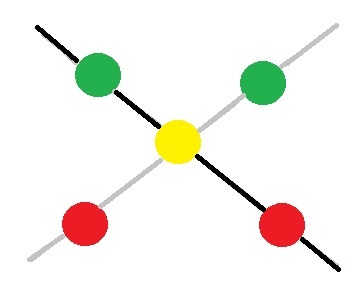Convergence insufficiency is a disorder where one has difficulty bringing the eyes inwards towards the nose or converging. This eye movement is linked with the focusing system – together, these two systems help keep near vision stable and clear. When one or both of these systems doesn’t work efficiently, a person may experience blur, shadows, doubling or words, or the words may appear to move or swim on the page. A person with 20/20 vision at distance and near can still have convergence insufficiency.
While research on convergence insufficiency treatment for children has been much publicized, it is also a condition that affects adults and the elder population. Brain injury from trauma or stroke frequently disrupts the fine tune control of the eyes which can also result in convergence insufficiency. As a result, symptomatic patients may experience headaches, vertigo, confusion, depth perception difficulties, and decreased reading comprehension.
Research supports that the most efficient treatment of convergence insufficiency is through supervised in-office vision therapy with home reinforcement (15 minutes per day). Studies have shown either marked improvement of symptoms or convergence ability in as little as 12 weeks of therapy. Although many people have heard of home based pencil push-up exercises to treat convergence insufficiency, several research studies have already discerned this as ineffective way to treat this condition.
Our practice uses a personalized series of exercises to treat convergence insufficiency. One of the most basic tools we use is called a Brock String which consists of a red, yellow, and green bead strung on string. The patient ties one end of the string on a door knob and holds the other end at their nose. The beads are each separated 8-12 inches apart and the patient practices focusing their eyes on each bead. In the above diagram, when the patient looks at the middle yellow bead, he/she should notice the strings emerging as an ‘X’ from that particular bead.
If the patient is only seeing the bead from using one eye, he/she would either notice the black or grey string projection instead of seeing two red and two green beads. If he/she is having difficulty converging, he/she would see the crossing pattern behind the bead. The eyes think they are focusing on the bead, but in reality, their eyes are physically pointing to the space further back from the item of interest since they have difficulty coming together. Hence the brock string serves as a wonderful tool to help provide patient feedback on how he/she is using his/her eyes.
To learn more details about the services we provide, please take a look at our Adult Services and Pediatric Services section.

